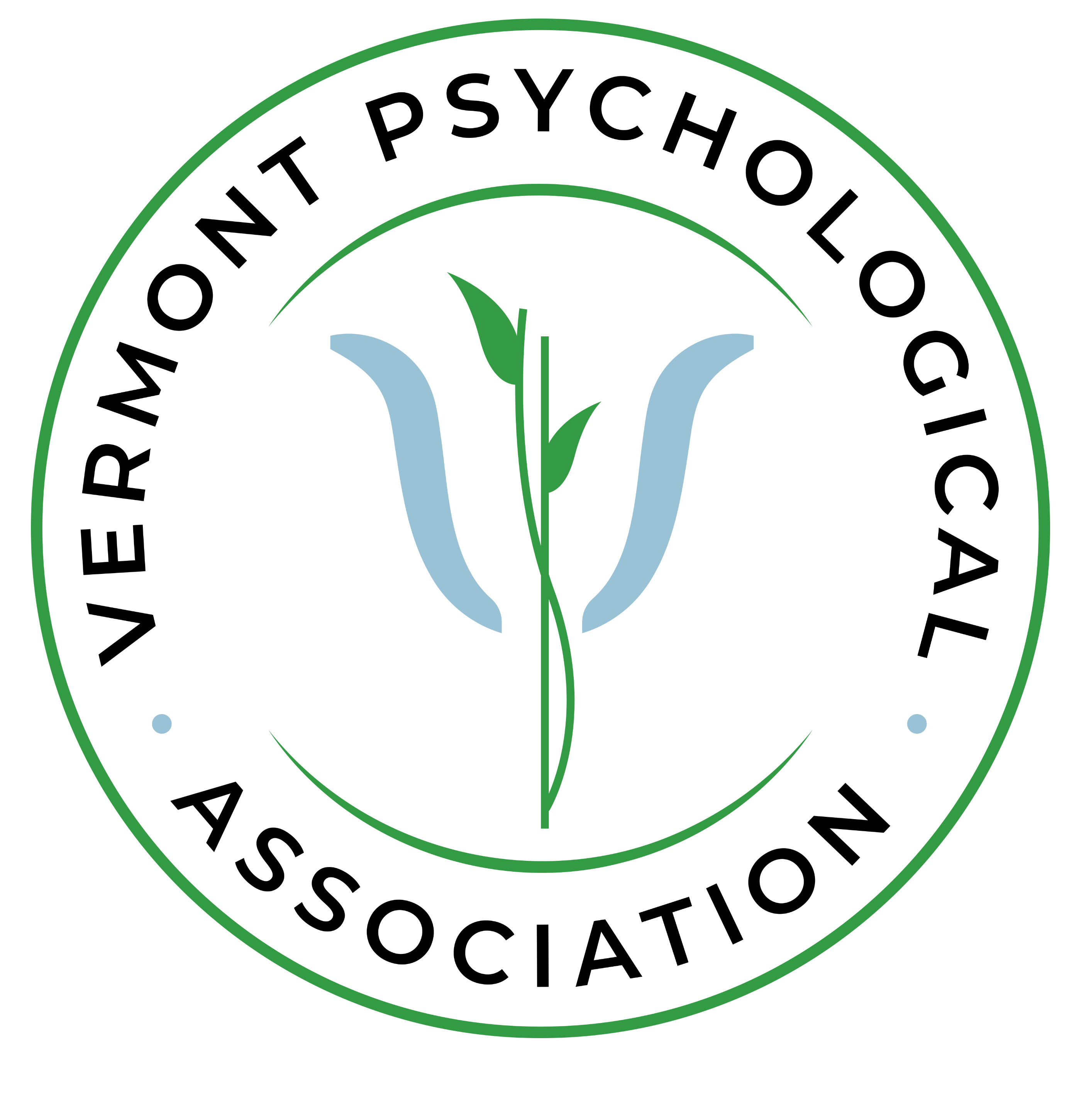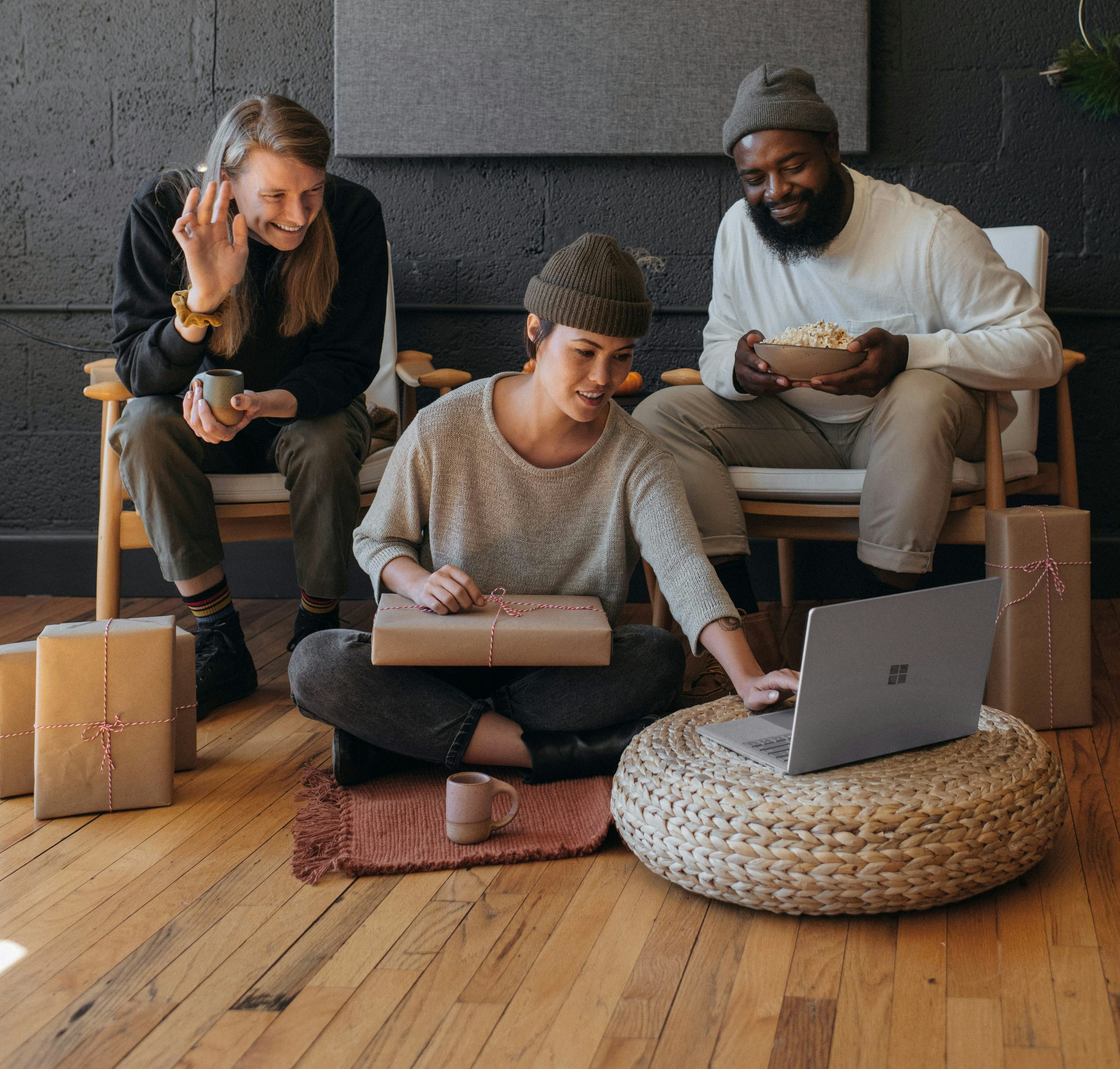Create Your Own CE Watch Party Experience
Hold a CE watch party with friends and colleagues! Discover how hosting a CE watch party can revolutionize your professional development journey and foster meaningful connections within the psychology community.
Requirements for Watching a VPA course
| 1. | Let us know ahead of time via email that you are hosting a watch party. That way we can make sure everyone who attended gets their CE credit. |
| 2. | Each person attending the CE watch party must register for the course at twinstates.ce21.com, even if they don’t need the CE credit. |
| 3. | Please keep your web camera on for the entirety of the instruction time. |
What is a CE Watch Party?
A CE watch party is a collaborative event where licensed mental health professionals gather to view and discuss continuing education (CE) content together. It serves as a dynamic platform for professional growth, allowing participants to engage with educational material in a communal setting. This approach not only enhances learning but also strengthens professional networks, fostering a supportive environment for sharing insights and experiences. By participating in a CE watch party, psychologists can stay updated with the latest advancements in their field while earning CE credits in a more interactive and enjoyable way.
Three Steps to a CE Watch Party
Wondering how to hold a CE watch party with friends and colleagues? Organizing a CE watch party involves just a little planning to ensure an engaging event. Follow these three simple steps to create a memorable experience for all participants.
1
Plan Your Event
Pick a course and invite your colleagues & friends.
2
Create a Good Space
Create a comfortable, inviting space for your colleagues to participate in the webinar.
3
Execute and Engage
Watch the CE course together and engage with your colleagues!
Hosting a CE Watch Party
Since the COVID pandemic, CE is often a private affair—CE credits are earned in a home office, headphones on, the blue light of a screen standing in for engagement. This shift began long before the pandemic, but the acceleration was undeniable. Telehealth, for all its accessibility and efficiency, has made the work of therapy feel even more isolated. For many, private practice has become truly private: clinicians spend their days in quiet offices or, increasingly, in front of a screen, with colleagues existing only as names on a listserv or disembodied voices in quarterly Zoom meetings. Although technology offers solutions, it does not replace presence.
But there is another way. Hosting a CE watch party is less about fulfilling a requirement (although it can) and more about restoring the value of shared intellectual space. It is a quiet act of resistance against isolation, an opportunity to bring professionals together in a way that feels both necessary and rare. It is a reminder that while technology has reshaped how we work, it does not have to dictate how we connect.
A quiet act of resistance against isolation
The Role of the Host
A well-hosted gathering has no obligations beyond attendance, no expectation beyond presence. A CE watch party is not a seminar, and the host is not a lecturer. There is no need to structure discussion, no need to ensure every guest actively (although everyone has to watch, of course). Some may hesitate, worrying about logistics, about whether their space is large enough or their hosting skills polished enough. But a CE watch party is not about grandeur; it is about warmth. It is about offering a moment of connection in a field where isolation has become routine.
Your Space
The goal is to create a space that encourages learning, conversation, and engagement without forcing it or overthinking it.
The essentials are few, but they matter:
- Seating that encourages conversation. Not desks or rows, but a living-room style arrangement. A circle of chairs, a couch with armchairs nearby—something that invites ease.
- A sense of warmth. Good lighting—table lamps or soft overhead lights rather than harsh fluorescents; an environment that signals, you are welcome here.
- Space that invites. It matters that your space feels inviting, not that it looks like a magazine spread.
The CE Event
There is no need to introduce the lecture or set expectations. The gathering exists to watch and absorb together. The shared experience itself is what matters.
A few simple logistics can make the viewing comfortable:
- Ensure the technology works beforehand. Test the sound, the screen, the internet connection. Nothing breaks immersion faster than a technical delay.
- Make sure sightlines are good. Everyone should be able to see the screen easily without adjusting their posture uncomfortably.
- Have water, tea, or coffee within reach, if possible. This keeps people engaged without needing to get up and disrupt the flow.
Join the CE Watch Party Movement!
Ready to elevate your professional journey? Start planning your own CE watch party today and connect with fellow psychologists in a dynamic learning environment. Discover new insights, share experiences, and strengthen your professional network. Don’t miss out on this opportunity to engage with the community and enhance your expertise.

